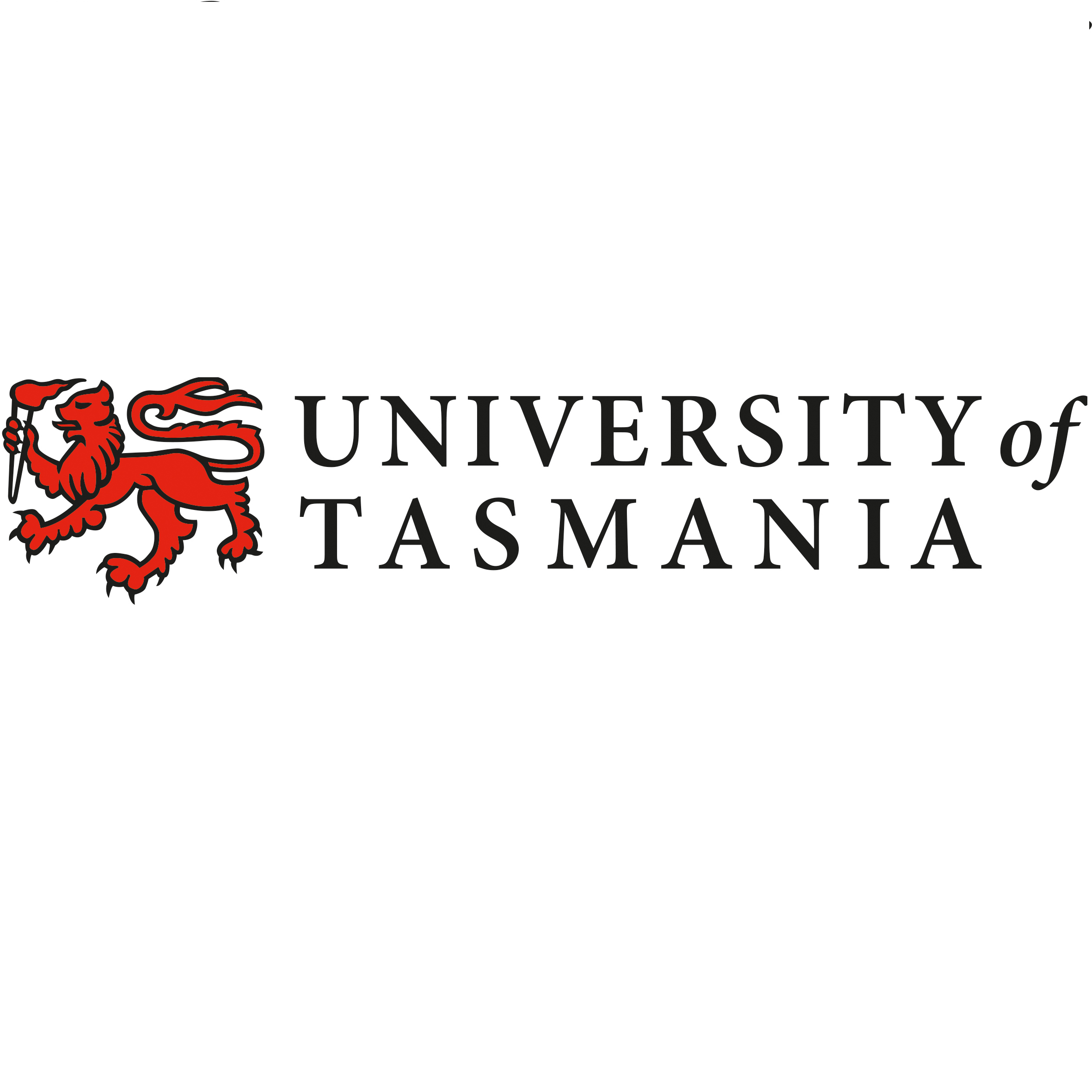Full description
White sharks are listed as vulnerable under the Commonwealth Environment Protection and Biodiversity Conservation Act 1999 and actions to assist their recovery and long-term viability are prescribed in a national recovery plan for the species.A priority action is to develop an effective means of estimating the size of white shark populations and monitor their status (population trend). This would provide a scientific basis for assessing recovery actions, and for local policies governing human-shark interactions: an issue of significant public concern.
NESP Project A3 provides a national assessment of the southern-western adult white shark population abundance and an update of the total eastern Australasian white shark population abundance and status in order to establish the efficacy of existing recovery actions and provide a scientifically sound and rational basis from which to inform policies that aim to balance conservation objectives and public safety.
This record describes white shark distribution and movement through the use of acoustic and electronic tags fitted to approx. 70 animals.
Tag detection data are continually uploaded to the IMOS Animal Tracking Facility (ATF) database. This data collection has been granted Protected Species Status and access to the data is currently restricted. Refer to the Point of Contact listed in this record for further information regarding access to data.
Lineage
Maintenance and Update Frequency: asNeededNotes
CreditNational Environmental Science Program (NESP), Department of the Environment and Energy (DoEE)
National Environmental Research Programme (NERP), Department of the Environment (DoE)
This project was funded by the Australian Government through the National Environmental Science Program’s Marine Biodiversity Hub, with equal co-investment from the Commonwealth Scientific and Industrial Research Organisation. In NSW samples were collected under NSW DPI Animal Care and Ethics Committee permit number 12/07-CSIRO and NSW DPI Scientific Collection Permit P07/0099- 6.0 (and their precursors). In South Australia samples were collected under SA Department of Environment, Water and Natural Resources Scientific collection permit U26255-4, Marine Parks Permit to Undertake Scientific Research MR00025-1, and Ministerial Exemption ME9902940 (including all precursors). An overarching Animal Ethics Permit was granted by the Tasmanian Department of Primary Industries, Parks, Water and Environment (AEC 22/2015-16), along with an authority to possess biological material from a listed species under the Living Marine Resources Management Act 1995 (permit 17109, and all precursors) and a Permit to Take Threatened Fauna for Scientific Purposes (permit TFA 17150, and all precursors). This work would not have been possible without the immense assistance and collaboration shown throughout Australia and New Zealand. NSW DPI staff, including Dr Paul Butcher, Christopher Gallen, Roger Liard, Kate Lee, and many more, facilitated by Dr Natalie Moltschaniwskyj (Director of Fisheries Research, New South Wales Department of Primary Industries) have provided substantial support (people + infrastructure) in order to obtain samples and monitor acoustic arrays along the eastern Australian seaboard. Dr Malcolm Francis (National Institute of Water and Atmospheric Research, New Zealand) and Dr Clinton Duffy (Department of Conservation and University of Auckland) have provided tissue samples from white sharks tagged in New Zealand waters as well as provided acoustic data from tagged white sharks detected in New Zealand. Dr Rory McAuley, Silas Mountford, Ian Keay and Dani Waltrick (Department of Primary Industries and Regional Development, Western Australia) have provided samples from Western Australia and data from acoustic and satellite tagged sharks. Dr Paul Rogers (South Australia Research and Development Institute Aquatic Sciences) and Dr Charlie Huveneers (Flinders University, South Australia) have provided samples from South Australia and data from acoustic and satellite tagged sharks. Dr Jonathan Werry provided samples from Queensland. Finally (but definitely not least), we are immensely grateful to the South Australian Shark Cage Dive Industry, in particular Andrew Wright (Calypso Star Charters) and Andrew Fox (Rodney Fox Shark Expeditions) for their assistance in the field with collecting tissue samples and the maintenance of acoustic receivers at the Neptune Islands.
To provide a national assessment of white shark population size, and develop national strategies for population monitoring.
Data time period: 2007-08-01 to 2017-12-31
text: westlimit=111.31640625; southlimit=-48.0660402472; eastlimit=179.87109375; northlimit=-25.1090795236
text: uplimit=1250; downlimit=0
User Contributed Tags
Login to tag this record with meaningful keywords to make it easier to discover
(Animal Tracking Facility (ATF) database [tag detection data archival location])
uri :
https://animaltracking.aodn.org.au/![]()
(NESP A3 Final Project Report)
uri :
https://www.nespmarine.edu.au/document/national-assessment-status-white-sharks![]()
(NESP Marine Biodiversity Hub Project A3 webpage)
uri :
http://www.nespmarine.edu.au/project/project-a3-national-assessment-status-white-sharks![]()
(NESP Project A3 [ANDS RDA record])
purl :
http://purl.org/au-research/grants/nesp/mb/a3![]()
global : 8a41de4e-b649-45bd-b496-28250b627f77
- global : d4cfbedf-6a0f-44ef-b736-08974c14bbcc


